|
"L'art peut-il interroger le réel?" -Nordin Znati 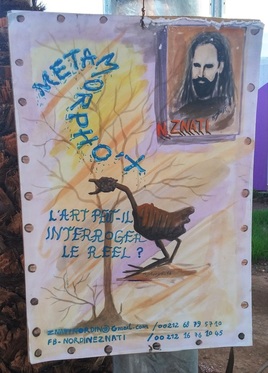 Sign posted with Znati's sculptures Sign posted with Znati's sculptures "Can art examine reality?" This is the question posed by Moroccan artist, Nordin Znati, who created sculpture pieces for display at COP 22. While his is not the only art on display at the COP - meeting room hallways display photography, drawings and children's artwork - it is the most central display, located along the main walkway in the "COP Village," and it is the only sculpture display. These pieces are composed of everyday materials, discarded metal scrap, wire, bike chains, light bulbs, water dials and canisters. They are influenced by Znati's concern for environmental action along with faith and readings from the Quran. As an advocate for science and science communication, it is important to engage multiple academic disciplines including the social sciences, humanities, art, music, and film in pursuit of engaging both policy makers and the public. I will highlight a few of the sculptures here along with some brief explanations based on discussion with the artist during my time at COP 22. 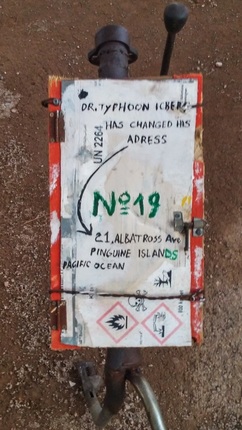 This piece describes climate refugees. Birds are shown dragging their home with heads bent. The front character has a door strapped to their back indicating "Dr. Typhoon Iceberg has changed his address," but the new address is a place that doesn't exist, since icebergs are retreating to a place we don't know if they will ever return from. 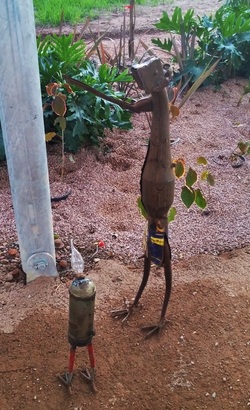 This final sculpture displays the importance of climate change education. Here the smaller figure had a light bulb for a head, indicating new ideas and ways of thinking that spring from education. Education is the future of the climate movement, without education things cannot change in a positive way. Znati hopes that his art at COP 22 will influence policy makers and other attendees. He describes how words can go in one ear and out the other, while an image or art piece stays with you for a long time. I for one was impacted by this artwork and I hope our negotiators have been as well. With the minute details of word choice and syntax discussed in many of the negotiation meetings, it is easy to lose track of the bigger picture, the larger problems facing our global community. I sincerely hope Znati's art makes an impact during COP 22, asking the question: "Can art examine reality?"
11 Comments
Shannon Kuhn
13/11/2016 04:39:58 pm
I like how instead of using words to show the issues on climate change, pictures were used and the pictures were used with recyclable items which also makes a statement. I specifically liked the final scuplture because it shows hope in that climate change will hopefully be controlled in the near future.
Reply
Alice Henderson
23/11/2016 08:31:48 pm
Yes, education is going to be an important part of mitigating and adapting to climate change.
Reply
Rachel B
15/11/2016 07:08:29 pm
This was a very interesting read; the way that art is used to express the problems of climate change instead of words is very intriguing. I feel that this is a great and different way to bring awareness to a very serious issue.
Reply
Abby N
16/11/2016 04:33:47 pm
I have an interest in art, and I simply love when it expresses the meaning without words. I really enjoyed the sculpture of the man that enjoyed possessions more than life. I feel like most young people now, look to their phones, or objects in their life more than the earth itself as their life. Most people in general only want what is best for them rather than what is best for nature around them.
Reply
Heather
17/11/2016 09:36:40 am
Each person responds to the way topics are presented differently. Art is a beautiful thing, that can speak to many people at once. It can cause a feeling and that is how you capture an audience. This artist is using art in a great way to display a message to people. Very interesting, thank you for sharing!
Reply
Alice Henderson
23/11/2016 08:33:03 pm
You're welcome!
Reply
Hannah Kruelle
17/11/2016 12:14:40 pm
I think it is very interesting to hear about these issues using art, and I think that its beneficial because everyone can interpret it differently, but in a way that makes the issue important for them. And being able to see the visualizations of what is going on in the world I think puts the reality in a little more perspective. Art can have a very powerful effect on people, and its a good idea to use it to call attention to these issues.
Reply
Emily Miller
20/11/2016 04:10:02 pm
I would have never guessed there would have been art at the conference, but I find it very interesting since I took a lot of art classes in high school. The meaning behind these are amazing and depicted perfectly. Art also helps tells a story differently with a different perspective, but overall the same meaning. Did you ever find out why he used birds? I think birds are nice to use since they migrate and travel all over just like the people traveling and creating diversity at the conference.
Reply
Alice Henderson
23/11/2016 08:35:10 pm
I didn't get a chance to ask why many of his figures were birds! I imagine migration was definitely on his mind for the sculpture addressing climate refugees, or those forced to migrate from their homes due to increased drought, flooding and other extreme weather.
Reply
April Einsig
22/11/2016 05:12:05 am
I find it amazing that the artist combined their art skills with modern problems. Using art as a way to display issues that are going on in the world sometimes comes across better in pictures and sculptures than in words.
Reply
Samantha Choi
27/11/2016 09:47:41 pm
With something so complex as science its awesome that something interesting like art was incorporated with it. I feel that it widens the range of people that would be interested.
Reply
Leave a Reply. |
Categories
All
Archives
March 2024
|
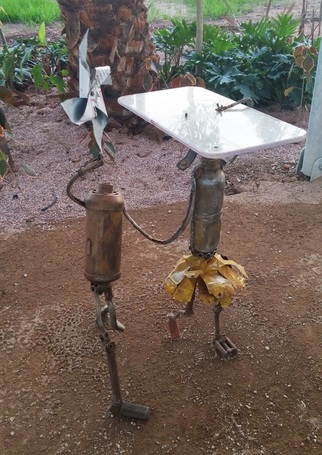
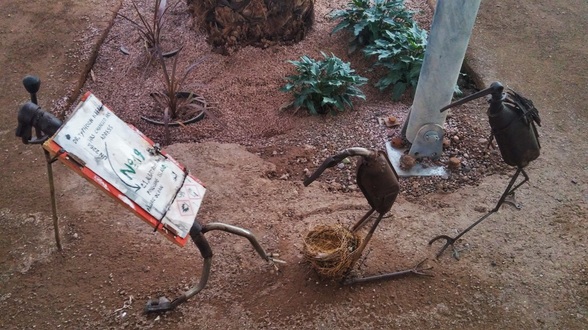
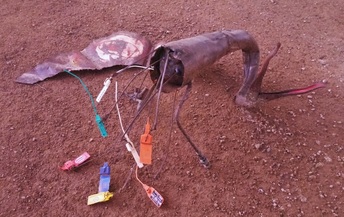
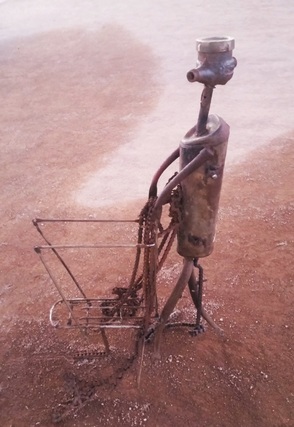
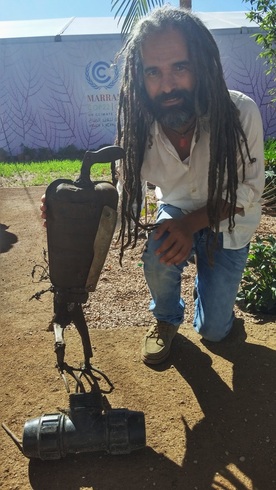
 RSS Feed
RSS Feed
